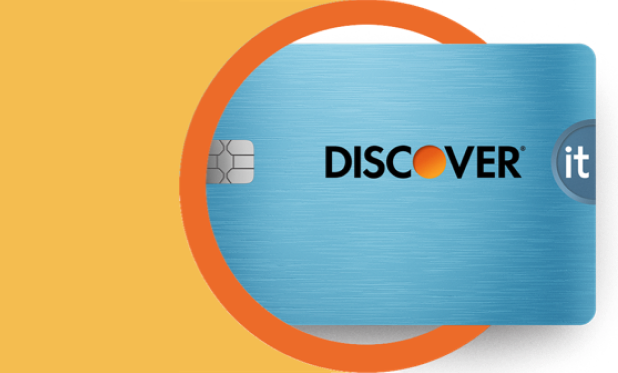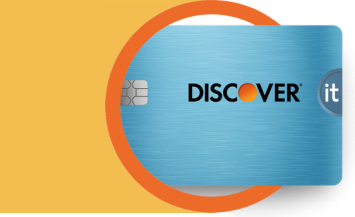If you’re not sure where to start when it comes to retirement savings, you’re not alone. While many Americans have saved some money to retire, the Federal Reserve reports that only 34% of adults under the retirement age believe they’re on track to save enough.
When you’re managing urgent expenses like rent, credit card bills, student loan payments, and groceries, retirement savings often fall through the cracks. However, taking the time to build a retirement savings plan pays off overall.







